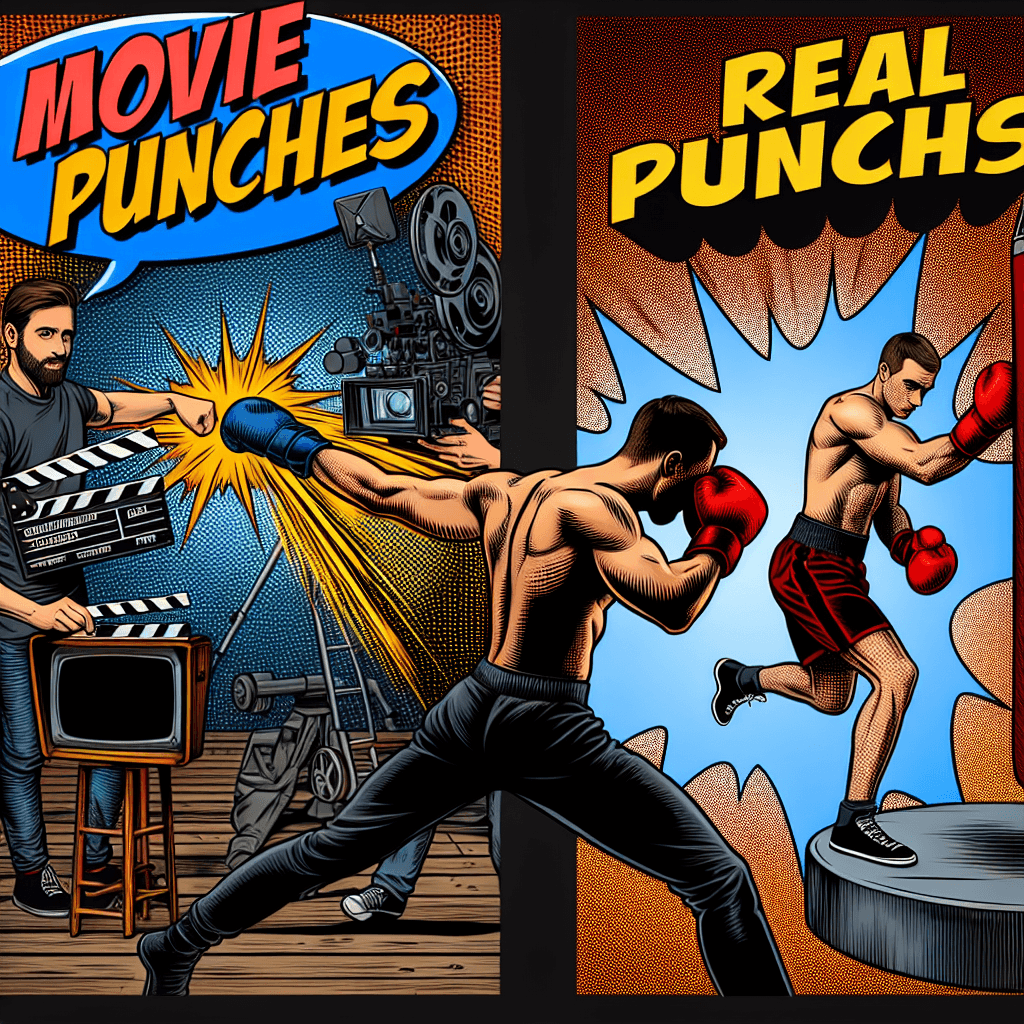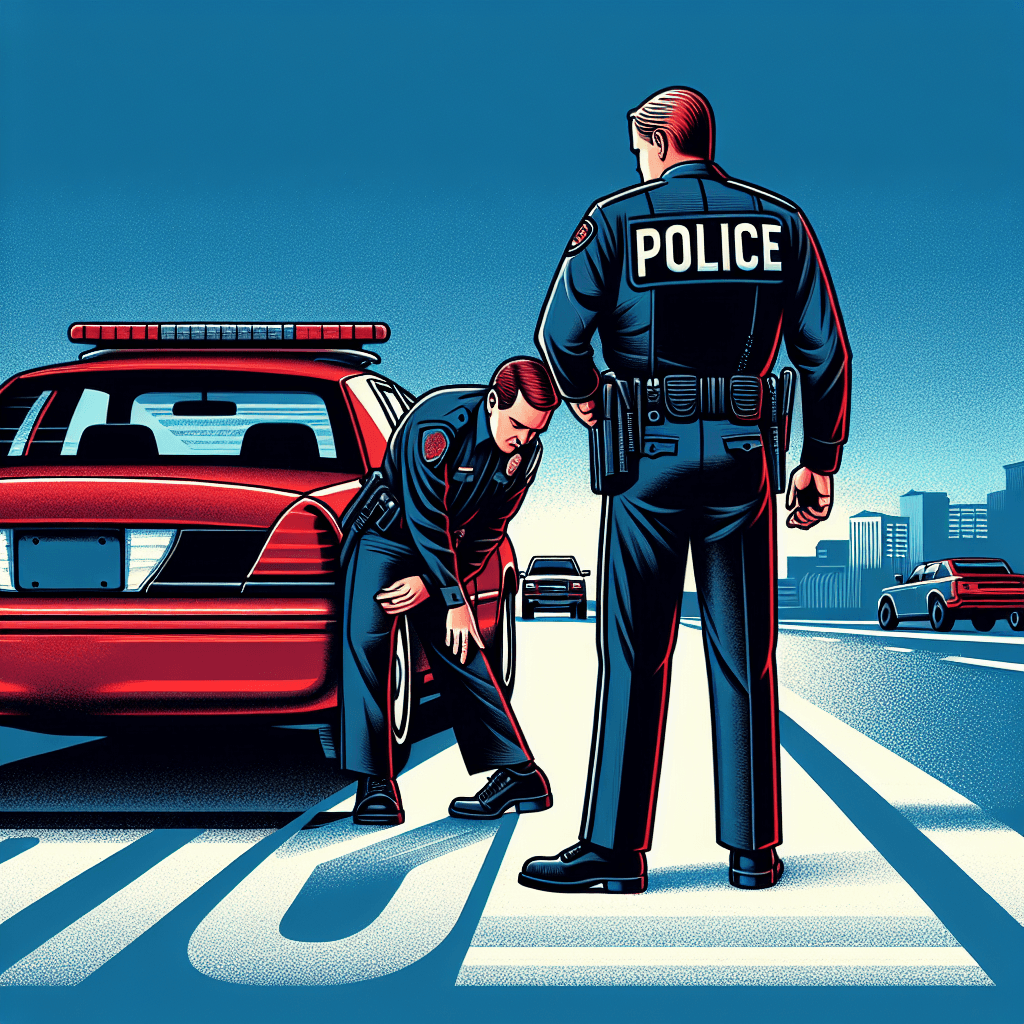Why do movie punches sound so much crunchier and louder than real ones
That sickening, bone-crunching punch you hear in the movies is a lie, and the secret ingredient is probably sitting in your refrigerator right now.


Too Long; Didn't Read
TLDR: Movie punches are fake sounds created by Foley artists. They layer recordings of things like smacking meat, snapping celery, and hitting leather to make fights sound more dramatic and impactful than the dull, quiet thuds of real punches.
The Hollywood Haymaker: Why Do Movie Punches Sound So Much Crunchier and Louder Than Real Ones?
We've all seen it. The hero winds up, the camera zooms in, and the punch lands with a bone-jarring CRACK that seems to shake the theater. It's a sound that communicates immense power, pain, and consequence. But if you’ve ever witnessed or been in a real fight, you know the sound is… underwhelming. A real punch is often a muffled, fleshy thud, easily lost in the chaos of the moment. So, why the dramatic difference? The answer lies in a masterful blend of creative artistry and psychological manipulation that is essential to cinematic storytelling. This post will pull back the curtain on the world of sound design to reveal the secrets behind the cinematic crunch.
The Muffled Thud of Reality
First, let's establish a baseline: what a real punch sounds like. A fist connecting with a person is primarily the sound of a soft object (a glove of skin and muscle) hitting another relatively soft object. The result is a low-frequency, dull thud or a wet smack. There is no high-pitched crack or crunchy texture unless a bone is definitively broken, and even that sound is often less dramatic than movies would have you believe. In reality, the most prominent sounds during a scuffle are grunts, shuffling feet, heavy breathing, and the impact of bodies hitting the floor—not the crisp, isolated sound of the punches themselves. A film that used truly realistic fight sounds would likely feel anticlimactic and confusing to the audience.
Enter the Foley Artist: The Architects of Impact
The cinematic punch is not recorded; it is built from the ground up by sound effects specialists known as Foley artists. Named after pioneer Jack Foley, these artists use a bizarre and creative collection of props to create custom sounds in sync with the on-screen action. They are the maestros behind the movie magic, and their recipe for a punch is surprisingly organic.
To create the perfect impact, a Foley artist might use a variety of techniques, including:
- The Smack: Punching or slapping large slabs of raw meat, like a side of beef or a whole chicken, to create a wet, heavy impact.
- The Crunch: Stabbing or smashing heads of cabbage, lettuce, or celery stalks to simulate the sound of breaking bones and cartilage. A frozen head of lettuce, in particular, delivers a satisfyingly deep crunch.
- The Thump: Hitting a leather-bound book or a wallet with a rolled-up magazine to replicate the sound of a fist hitting clothed skin.
These individual sounds are recorded with high-fidelity microphones to capture every nuance. But the Foley artist's work is just the first ingredient in a complex audio recipe.
More Than Just Vegetables: The Magic of Sound Mixing
A single Foley recording is rarely enough. A sound designer takes these raw sounds and layers them together to construct the final, powerful effect. A typical movie punch is a carefully engineered composition of multiple audio tracks, each serving a specific purpose.
The primary layers often include:
- The "Whoosh": A sound of something moving quickly through the air, like a thin bamboo stick or a dowel being swung past the microphone. This precedes the impact and sells the speed and power of the swing.
- The "Impact": This is the core Foley sound—the meat slab or cabbage crunch. It provides the main texture of the hit.
- The "Low-End Thump": A deep, bass-heavy frequency is added to give the punch a feeling of weight and visceral force. This is the part you often feel more than hear in a theater with a good sound system.
These layers are then meticulously mixed, compressed, and equalized to blend seamlessly into one cohesive sound that is perfectly timed with the visual.
Why It Works: The Psychology of Cinematic Sound
Ultimately, the reason movie punches sound so crunchy and loud is to fulfill an audience's expectations and serve the story. Decades of cinema have created a specific audio language. We've been conditioned to associate these exaggerated sounds with power and damage. The sound acts as a narrative shortcut, instantly telling us how hard the punch was and how much it hurt, without needing a character to spell it out. A realistic thud would feel weak and emotionally unsatisfying. The heightened sound fills a sensory gap, allowing the audience to feel the impact in a way the visuals alone cannot convey.
Conclusion
The cinematic punch is a perfect example of how film is an art of illusion. It's a carefully crafted lie designed to tell a more profound emotional truth. What we hear is not the disappointing thud of reality, but a symphony of snapped celery, pounded meat, and audio engineering, all working in concert to make the on-screen action more thrilling and impactful. The next time you're watching a fight scene, listen closely. You're not just hearing a punch; you're hearing the incredible and often strange artistry of sound design that brings the magic of the movies to life.
More Articles

What makes a beer bottle suddenly foam over just from a light tap on top?
It’s not magic, it’s a shockwave; discover the explosive physics that turns a gentle tap on your beer bottle into an instant foamy geyser.

Why do police officers touch the back of a car during a traffic stop?
It’s not a random habit; that simple touch is a calculated, old-school tactic designed to leave a crucial and potentially life-saving piece of evidence behind.

What makes ketchup stubbornly refuse to leave its glass bottle?
It’s not just being stubborn—your ketchup is obeying a bizarre law of physics that transforms it from a near-solid into a sudden liquid, and we'll show you how to master it.